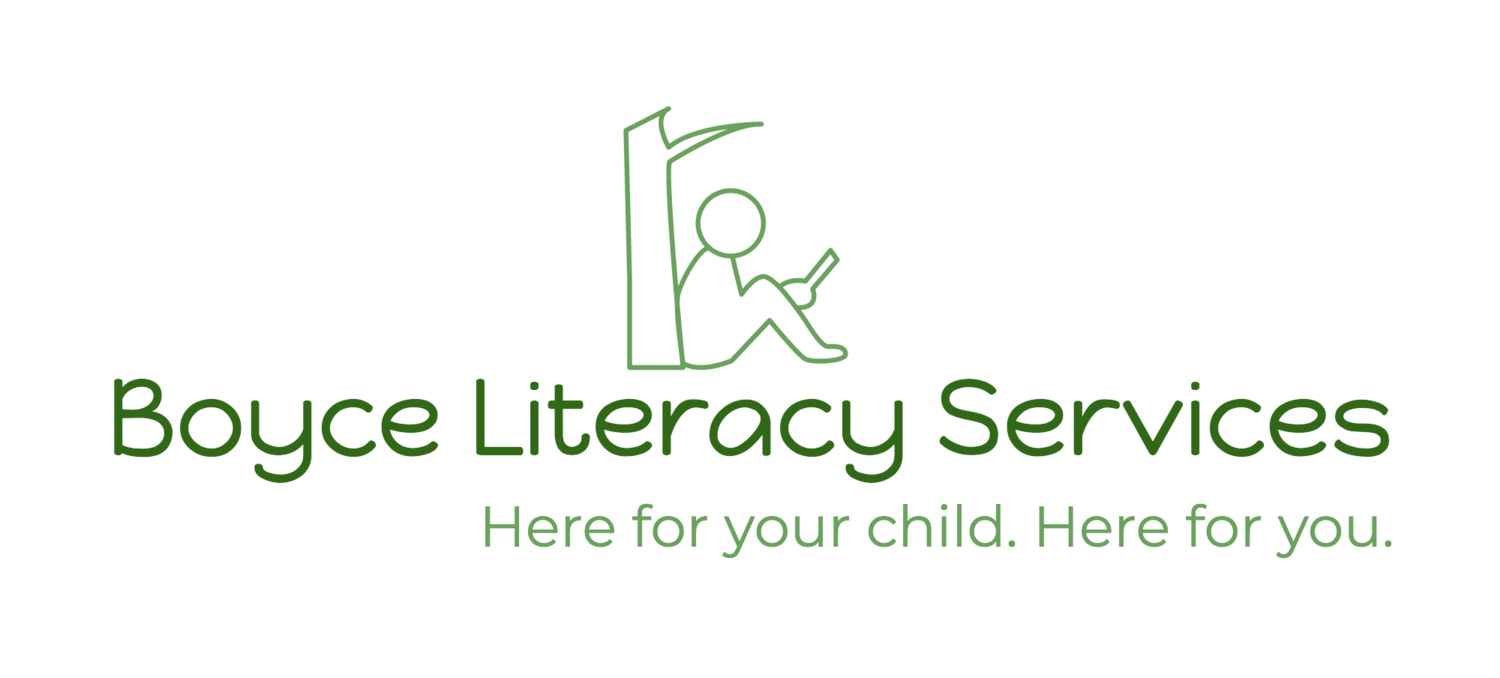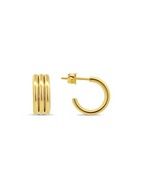Teacher Appreciation Month

We are picking winners EACH week! That’s 8 WINNERS.
With the outbreak of the Covid-19, many families are now considering/forced to homeschool their children and/or do virtual learning at home. This is unchartered for most parents, so we reached out to Ashley Washington from @beauitfully_made who homeschools her two kids to get her tips and tricks to help us all!
Read below to hear from Ashley her five homeschool essentials she can't live (or teach) without!
1). Storage Bins:
Whether you have a small area to homeschool or a big area to homeschool, storage bins are necessary to help you stay organized. As a way to stay organized, I dedicated each bin to a different school subject. For example, I have a storage bin for phonics, science, art supplies, math, writing, and social studies. If your child is younger, you can label each bin with a picture so they know where everything goes. Labeled storage bins has really helped me stay organized throughout the homeschool year. I also love how there are so many color options for storage bins that can go well with the decor in your house.
2). Kids Desk and Chair Set:
When I first started homeschooling my daughter, we did not have a kids chair and table set. I figured my daughter can just sit at our table or my office desk. However, because my daughter was still young, it started to become uncomfortable for her to sit at our table and do her writing assignments. My daughter would always end up standing in the chair. So I figured it would be helpful to buy a kids desk and chair set so she felt more comfortable. This was also helpful to have her own table and chair set because this was specifically dedicated to her doing her homeschool assignments. When my daughter was at our table, she would always have to gather all her supplies and move them. My daughter was also more excited to get her school work done now that she had her own dedicated table to her school work assignments.
3). Printer:
If you are considering homeschooling, you are going to need a printer. You’re going to want to easily be able to print off assignments for the week. I specifically remember a time during our homeschool year when our printer broke and it was very inconvenient to have to drive to the library anytime I needed to print off some school work for my daughter. Also, since many libraries are closed as a result of Covid-19, having a printer should be a top essential for all homeschool families. Bonus get one that wireless printing capabilities, so you can click print from your phone!
4). Dry Erase or Chalk Board:
As a former teacher, I loved having my dry erase board and chalk board when I was teaching my daughter various lessons. I love how there are so many options for dry erase boards and chalk boards. Here are a couple of my favorites.
Melissa and Doug Chalk Board Easel
5). Rewards Chart:
Homeschooling your child can be a lot of fun, but this might be new for you and your child. It’s important that you put things in place for positive reinforcement and positive behaviors. This is really important for younger children. I’m a big believer in doing things to motivate children to do their best. When I first started homeschooling my daughter she was 4 years old. I remember I would constantly remind my daughter to do basic things like make your bed, brush your teeth, put your art supplies away. Of course my daughter wasn’t purposely forgetting. She just needed some motivation. So I got a rewards chart.
I currently have the rewards chart hanging in her room and she’s always motivate to get her tasks done throughout the day so she can put her stars on her board. If your child is a little older or needs more of a motivation, you can give your child some type of reward at the end of the day or end of the week.

Thank you Ashley for all these tips!! Check out Ashley's blog to get more great info to help your virtual/homeschooling experience a success!
Checkout her blog posts below!
Virtual Learning & Homeschool Checklist
Between spending more time at home, less interaction with friends, and online learning, we all could use more ideas for entertainment. Jordan Boyce has created a list of games to play with your family or students that are not only fun, but they are also great for practicing and enhancing literacy skills! Most of these games come in different versions so they can meet the needs and interests of ALL ages.
Keep scrolling to hear Jordan's favorite family games!
1. Spot It
This is one my favorite games I use in my practice - and a favorite among my students as well! Rapid naming is an important skill to help make reading more automatic and fluent, leading to stronger comprehension. I use Spot It with many of my students, but especially with the students who struggle with word retrieval, vocabulary and rapid naming.
Writing begins with oral language, and Story Cubes is the perfect game to fine-tune those skills. Children use their imagination and creativity while also working on skills like generating ideas, sentence structure, organizing thoughts, and plot development.
3. Bananagrams
Bananagrams is one of the most commonly used games in education, and it’s no wonder why. With this game students use letter tiles to build words while practicing vocabulary, phonological awareness, spelling, and self-correction. There's also a version for the younger readers - My First Bananagrams!
Another fun game that is fast-paced, enhancing rapid word recall. Five Second Rule also targets vocabulary, categorizing, and organizing thoughts. Be sure to check the age groups on the different versions to ensure you are buying the appropriate one!
5. Mad Libs
A tried and true classic! This is such a fun game that is guaranteed to make you and your kids laugh (which we could also use more of right now!). This game helps students work on vocabulary, story telling, and parts of speech, all which aid in writing.
6. Hedbanz
Hedbanz is a fast-paced game filled with excitement and learning opportunities! This fun game also targets oral language and writing skills such as vocabulary, categorizing, organizing thoughts, and descriptive language.

Follow Jordan @boyceliteracy for more ideas about helping your kids and students build literacy skills!






















